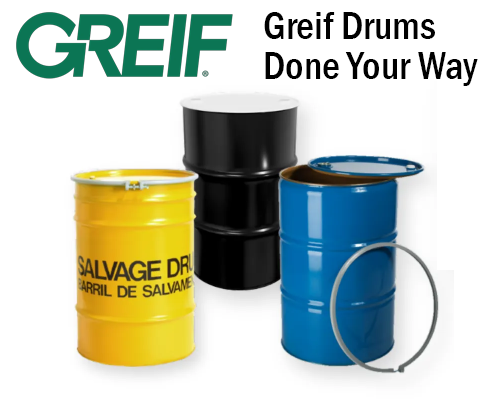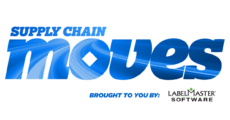Week of March 11, 2019 Linking technology news with Dangerous Goods compliance Technology innovation has crept into every part of our personal and professional lives. For companies shipping and handling dangerous goods (DG), these new technologies have a significant impact on the supply chains – including how they must approach compliance. To help companies keep…
-
Introducing Greif Drums: The Smarter, Stronger, and More Sustainable Solution for Hazardous Material Storage
-
Embracing Sustainability in DG Packaging: A Path Forward
-
Have a hazmat question? Have a phone? Call our DG Regulations Hotline!
-
Label Finder Updates Include International Shipping Options
-
Want more large-format lithium battery packaging options? We’ve got good news.
Latest Posts
Supply Chain Moves: Week of March 11, 2019
DOT PHMSA Lithium Battery Interim Final Rule (IFR) Effective Immediately
The long-awaited DOT PHMSA Interim Final Rule (IFR) enhancing the safety provisions for lithium batteries transported by aircraft appeared in the Federal Register this week on March 6th. This IFR generally harmonizes the 49 CFR with the ICAO Technical Instructions for the Safe Transport of Dangerous Goods by Air (regulations effective in the ICAO TI…
Hazmat pros—with HM-215O coming, how do you spell “harmonization?”
Last week we shared transatlantic viewpoints on confidence in Dangerous Goods compliance. This week, our experts talk about harmonization between Europe and North America. The supply chain is more global than it’s ever been. Yet Dangerous Goods regulations still vary from country to country. The differences in hazmat regulations between Europe and North America are—thankfully—nowhere…
DG Digest: PHMSA releases draft rule: lithium battery harmonization may be upon us
PHMSA The agency, in consultation with the Federal Railroad Administration and pursuant to the Fixing America’s Surface Transportation Act (FAST Act) of 2015, issued a final rule to revise and clarify requirements for comprehensive oil spill response plans (COSRPs) and to expand their applicability based on petroleum oil thresholds that apply to an entire train…
Supply Chain Moves: Week of March 4, 2019
Week of March 4, 2019 Linking technology news with Dangerous Goods compliance Technology is helping create a digital supply chain that enables more intelligent and forward-thinking operations. For companies shipping and handling dangerous goods (DG), this modern approach must include compliance. To help companies keep a pulse on technology trends impacting business and the movement…
Why are American hazmat pros less confident? Two experts weigh in.
Remember, back when you were in school, the feeling of walking out of a final exam knowing you absolutely nailed it? That’s how we want Dangerous Goods pros to feel about their operations every day—like they got every last detail right, and that all their outcomes will be positive. Unfortunately, that’s not the reality. Year…
DG Digest: PHMSA seeks renewal of ICRs for transport of radioactive materials in commerce
The last weekend of February finds the nation still coping with heavy winter weather. Perhaps March will see things get better, but don’t let up on your efforts to keep employees safe from snow and ice, and keep hoping for an early spring! Meanwhile, regulatory activity was somewhat lighter this week. Here’s the latest: PHMSA…
Supply Chain Moves: Week of February 25, 2019
Week of February 25, 2019 Linking technology news with Dangerous Goods compliance Technology is a necessity in today’s complex, fast-paced supply chain. This is especially true for companies shipping and handling dangerous goods (DG) – as they look for ways to effectively and efficiently comply with ever-changing regulations while meeting increasing customer demands. To help…
DG Digest: OSHA issues guidance aiming to protect workers from lithium batteries worn as personal equipment
Mid-February finds a variety of action taking place on the regulatory front as everyone waits for winter to run its course. With the shutdown now receding, agencies have ramped back up to normal operations, and are busy with their schedules. Here’s all the latest: FAA The agency published the renewal of an ICR affecting Part…
Supply Chain Moves: Week of February 18, 2019
Week of February 18, 2019 Linking technology news with Dangerous Goods compliance Technology innovation continues to change how we do business. For companies that handle dangerous goods, technology adoption and integration is critical in order to effectively and efficiently comply with complex regulations and maintain a smooth, safe and secure supply chain. To help companies…


















